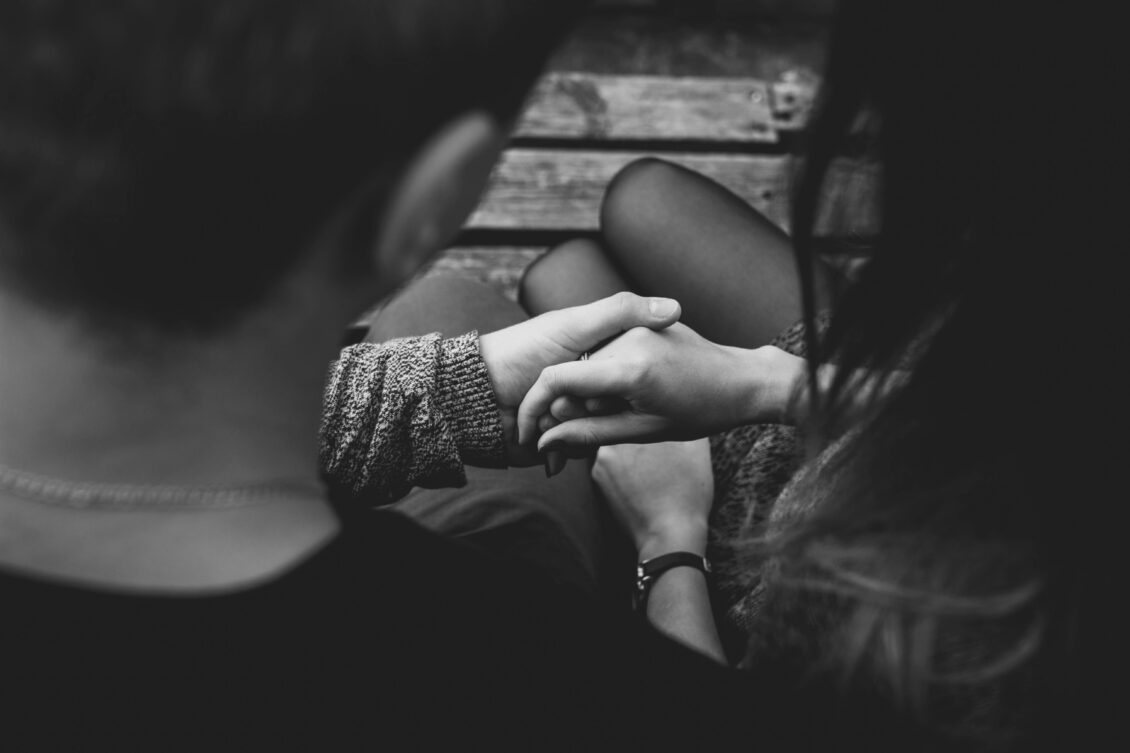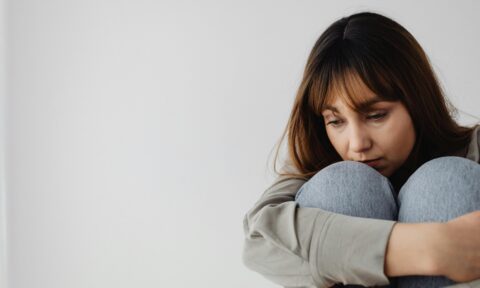
Being vulnerable is a concept that might make you feel very uncomfortable, especially if you grew up being taught to avoid it at all costs.
When we’ve been conditioned to see vulnerability as a weakness, it’s easy to build walls that prevent us from connecting deeply with others.
Remember that initially these walls were built to protect you from getting hurt, a coping mechanism which often passes on with into adulthood.
Impacting our relationships and personal growth. But the truth is, vulnerability is one of the most powerful tools for healing and building meaningful connections.
If you struggle with letting your guard down or opening up to others, you’re not alone.
Many people have the same challenges, especially when they to go through a challenging childhood.
In this post, we’ll explore what it means to be vulnerable, why it’s essential for growth, and how you can begin to embrace it, even when it feels uncomfortable.
Why Do I Struggle With Being Vulnerable In Relationships?
The struggle with vulnerability often stems from early conditioning. If you grew up in a household where emotions were seen as weak, where you were dismissed, or even punished for when you tried to share your feelings, you likely learned that being open was risky.
As a child we learn that it’s safer to not openly share or that it’s a better idea to just stuff it all inside.
This pattern of emotional suppression becomes ingrained, and as an adult, you might find it hard to trust others or let them see the real you.
When you keep others at arm’s length to avoid being hurt, you also block out the chance to feel love and to have a real connection with true intimacy.
Over time, this can lead to feelings of isolation and frustration, especially in close relationships.
Ironically, you still feel hurt and pain in some sense which were the very emotions you were trying to avoid in the first place.
It’s important to recognize that while your fears of vulnerability may have served a protective purpose in childhood, it now prevents you from experiencing the deep, meaningful connections you truly crave.
But Trying To Be Vulnerable Feels So Uncomfortable
The key to becoming more vulnerable is to start small.
Vulnerability is like a muscle—you need to work on it consistently and gradually.
Begin by practicing self-compassion and acknowledging when you feel scared or hesitant about opening up. It’s okay to feel uncomfortable, and recognizing that discomfort is a sign of progress.
Once you’ve started to become more aware of your feelings, find safe spaces where you can practice being more open.
This could be with a close friend, a professional, or even a supportive group setting.
Start by sharing something small—something that feels a little uncomfortable but not overwhelming.
Over time, as you see that vulnerability can lead to deeper, more positive connections, you’ll build confidence in showing more of yourself to others.
With time and a little patience it can get easier with consistent effort.
What If I End Up Getting Hurt?
It’s a common fear that being vulnerable will make you more susceptible to being hurt or taken advantage of. This fear is valid, especially if you’ve experienced betrayal or rejection in the past.
However, vulnerability doesn’t mean being open with everyone.
Healthy vulnerability involves discerning who is trustworthy and who has earned the right to see and hear about these very private and intimate side of you.
Establishing boundaries is essential, but you also don’t have to share everything with everyone, and it’s okay to take your time building trust.
Even though this process is going to feel a little uncomfortable, the whole point of being able to move forward in this journey is that you always feel safe when you are doing so.
The reason why you have your guard up in the first place is due to the problems you have with feeling safe.
Vulnerability is about connecting with those who respect and support you, not exposing yourself to those who may not have your best interests at heart.
So when you find someone that you can open up to, and you are ready to share, do so in baby steps, and only continue to do so when you can feel absolutely safe every step of the way.
How Can I Try To Be More Vulnerable To Improve My Relationships?

The truth is, any two people can get together and start a relationship. Having a relationship with someone and actually feeling connected to someone are two different things.
Vulnerability is the cornerstone of deep, meaningful relationships.
When you allow others to see the real you—your fears, hopes, insecurities, and dreams—you open the door to true intimacy.
Without vulnerability, relationships often remain surface-level, with both people holding back parts of themselves.
When you’re vulnerable, you invite others to do the same. This mutual openness fosters trust, understanding, and connection. Relationships thrive when both partners feel seen, heard, and valued.
Although it may feel uncomfortable at first, embracing vulnerability allows you to experience richer, more fulfilling relationships where you no longer feel the need to hide behind emotional barriers.
Will I Ever Be Able To Let My Guard Down Completely?
The process of becoming more vulnerable is ongoing—it’s not about achieving perfection.
And it’s not about letting your guard down completely, You still need to use. a certain amount of precaution and discernment.
Remember, the vulnerability that we’re talking about here is about being open to the idea of experiencing true intimacy with those that you love and care about.
Healing your relationship with vulnerability takes time, so it’s okay to have moments where you retreat or feel the need to protect yourself.
And that is all okay…
When it starts to get too intense, it’s okay for you to take one or two steps back, but remember. we don’t want to go too far back. where we have shut that door again.
Every time you completely shut that door closed it gets harder trying to open it each time.
The goal isn’t to let your guard down completely in every situation, but rather to develop the ability to choose when and with whom you’re willing to be vulnerable.
As you practice vulnerability and see the positive effects it has on your relationships, you’ll find it easier to let your guard down when it matters most.
Remember, the process is about progress, not perfection. Each step toward embracing vulnerability is a step toward deeper connection, trust, and emotional growth.
Steps To Embrace Vulnerability
- Self-awareness: Begin by recognizing your fear of vulnerability. Reflect on how your upbringing has shaped your current behavior in relationships.
- Challenge negative beliefs: Confront the idea that vulnerability equals weakness. Reframe vulnerability as a strength, a powerful tool for building deeper connections.
- Practice self-compassion: Be kind to yourself as you work through these fears. It’s normal to feel scared or uncomfortable, but self-compassion can help you move forward.
- Build trust in safe spaces: Find environments where you feel supported in being vulnerable—this could be with trusted friends, a partner, or a therapist.
- Take small baby steps: Start by sharing small, personal things with those you trust. Over time, as you gain confidence, you’ll find it easier to open up about more significant aspects of your life.
Some Last Thoughts…
I understand that the thought of being vulnerable can feel frightening, but it’s the key to creating authentic and fulfilling relationships.
By gradually embracing vulnerability, you open yourself up to deeper emotional connections and personal growth.
It may take time to overcome your fear, but with practice and self-compassion, you’ll discover that vulnerability isn’t a weakness—it’s a sign of strength and courage.
Everything is a learning experience, within our healing journey, we don’t need to become perfectionist as long as we have an open mind and an open heart, and are willing to take the first couple of steps, many things are possible.
Here are some related articles that can aid you along your healing journey. Click each one to read.
Childhood Trauma: A Look Into The Past
Insecurities: Strategies to Break Free from Self-Doubt



